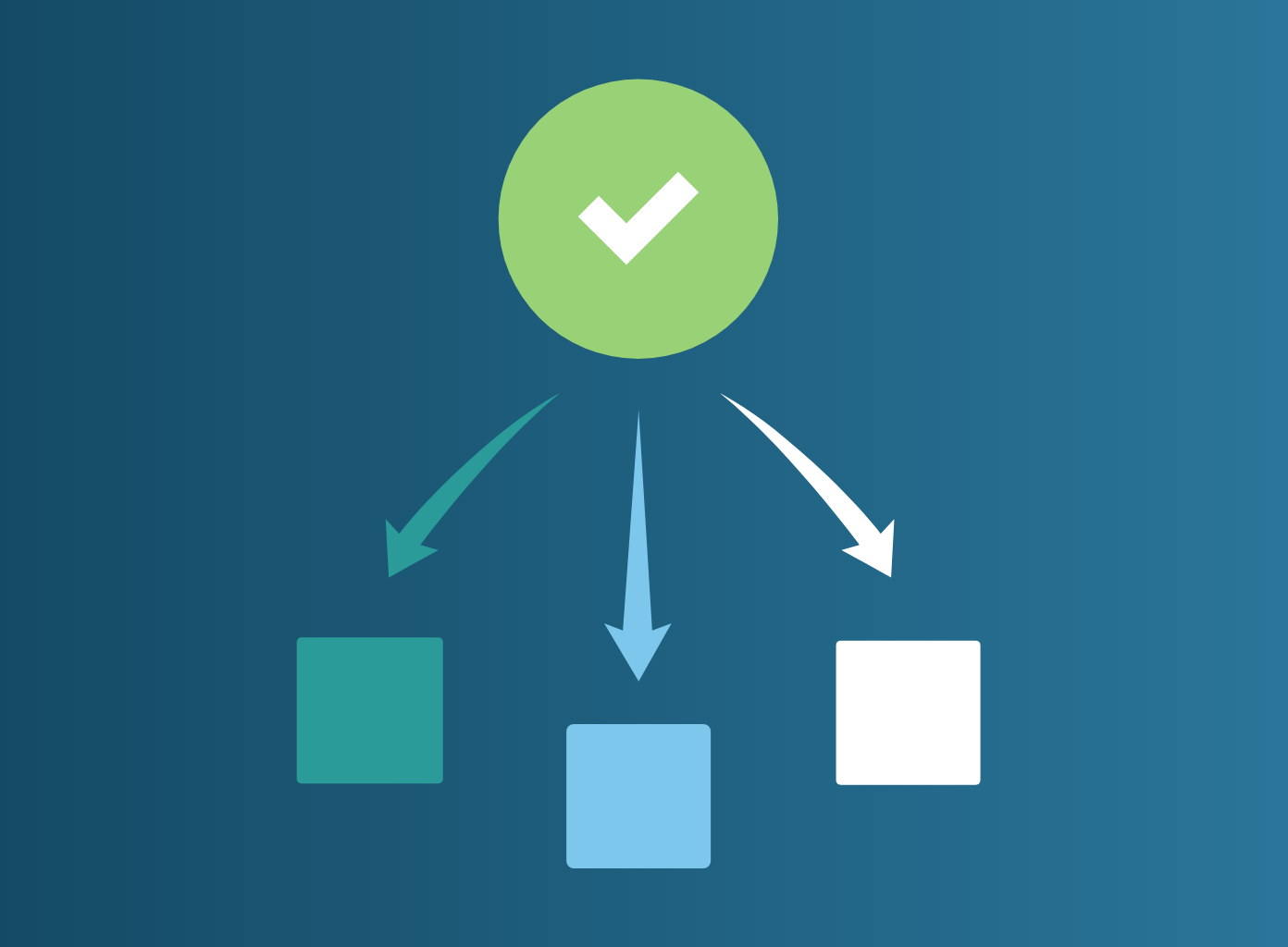The “acceleration of digital health transformation” means many things to many people, but through the perspective of HealthVerity, it easily translates to: data interoperability. The concept of linking data across disparate datasets is not new, although with the circumstances we are faced with today, the stakes have increased and new challenges have arisen. Earlier this month, Andrew Goldberg, coo at HealthVerity joined a panel alongside two other industry leaders to discuss what exactly the acceleration of digital health transformation was and what opportunities and challenges alike have now presented themselves in this COVID-19 world.
Host:
Sean Barker, Vice President at Bernstein
Panelists:
Mark Redlus, CEO at Tridiuum
Matthew Sydney, CEO at Picwell
Andrew Goldberg, Co-founder and COO at HealthVerity
Trust and transparency is the key to interoperability
Interoperability in healthcare describes the notion of distinct health information systems working together within and across organizations in order to advance the effective delivery of healthcare for individuals and communities. A subset of this concept is data interoperability, specifically addressing the functionality of disparate datasets made linkable and actionable for greater insights into patient populations.
When posed the question during the panel, “Can you share a little bit more about how HealthVerity helps connect data across different sources and what role you play in trying to connect the dots on this endless map?”
“US healthcare data is incredibly fragmented," stated Andrew Goldberg. "Your doctor has EMR records, your insurance company has a certain piece, claims processors have another piece and every pharmacy you have used as a patient has a piece as well. The ability to weave that together is incredibly difficult. First you need to know where all the data resides and then you need to make sure that data can be linked, in a HIPAA-compliant-manner. That's where HealthVerity comes in."
So why has it historically been so difficult?
Historically and even today, organizations and the majority of life sciences companies in an effort to protect their data have essentially de-identified it multiple times using different software with different encryption methodologies and different keys. All of this done for the right reason, wanting to make it as secure as possible, but in essence what they have done is publish their data in several different languages.
"So in this world where we’re trying to bring together data really quickly for a really important purpose, the COVID vaccine, you have to know where to go. You have to know how to bring it together. You have to make sure that the data you put together actually belongs to the same person, because you’re doing it on a de-identified basis and you need really sophisticated technology to do that."
Real-world data is constantly evolving and the speed at which life sciences and insurance companies need to consume it is faster than ever before. HealthVerity Census, the leading patient identity resolution technology, provides enterprises the ability to de-identify, match and link individuals on-demand with over 99% accuracy. Learn more about the state-of-the-art PaaS de-identification solution to activate internal and external touch points and data isolated in silos across the enterprise : https://healthverity.com/solutions/healthverity-census/
For more updates from HealthVerity in our "Leadership Series," subscribe to the blog.





